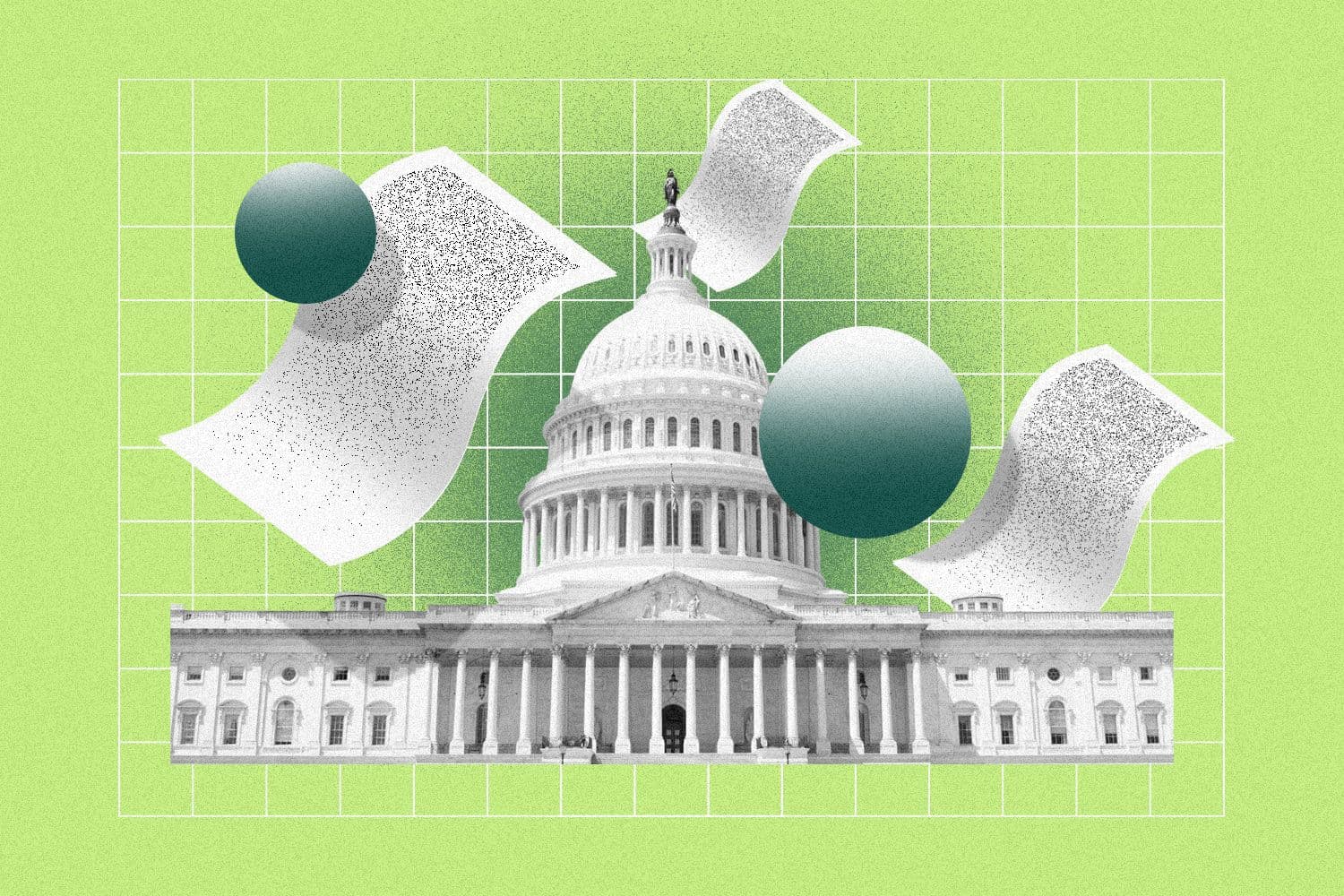Legislative lowdown: EEO-1 data due Dec. 5, IRS raises 401(k) limits
The EEOC included guidance for including nonbinary workers in this year’s EEO-1 report, due Dec. 5.

Francis Scialabba
• 3 min read
Courtney Vinopal is a senior reporter for HR Brew covering total rewards and compliance.
Private employers with 100 or more workers must submit an annual report to the Equal Employment Opportunity Commission (EEOC) on their workforce’s demographic data within the next month, the agency announced Oct. 31.
Separately, the Internal Revenue Service (IRS) raised 401(k) contribution limits for next year.
Here’s what HR should know about these policy updates.
EEOC sets a data collection deadline. The EEOC has required private companies with 100 or more workers to submit demographic data on their workforces each year since 1966. This year, the “Component 1” or “EEO-1” report—which includes breakdowns by job category, sex, and race or ethnicity—is due Dec. 5.
In a page dedicated to the EEO-1, the EEOC published a number of resources for employers, including guidance for including nonbinary employees in the report. There is currently no option on the EEO-1 form to designate employees as nonbinary, which has previously prompted concern about the potential for employers to misgender workers.
Should employers wish to voluntarily report they have employees that are nonbinary—defined by the EEOC as those “who do not identify as exclusively male or female”—they may do so in the comments section of their report, the EEOC said in a fact sheet. Employers should refrain from assigning these nonbinary employees to a male or female category in any other section of the report.
Quick-to-read HR news & insights
From recruiting and retention to company culture and the latest in HR tech, HR Brew delivers up-to-date industry news and tips to help HR pros stay nimble in today’s fast-changing business environment.
The EEOC also published resources on reporting a merger, acquisition, or spinoff, accounting for remote or telework employees, and how third-party HR organizations should file on behalf of their clients.
Should an employer fail to file their EEO-1 by the Dec. 5 deadline, they will receive one more chance to do so by Jan. 9, 2024. After that, a US District Court may compel a noncompliant employer to submit the data.
IRS raises 401(k) contribution limits. In 2024, employees will be able to contribute as much as $23,000 to their retirement savings accounts, up from $22,500 this year, the IRS announced on Nov. 1. The change applies to employees who are enrolled in 401(k), 403(b), and most 457 plans, as well as a Thrift Savings Plan with the federal government.
Employees enrolled in these plans who are 50 or older may contribute up to $30,500 as of 2024, a so-called “catchup contribution limit.”.
In addition to communicating these changes to workers, HR should also take note that the limit on combined employee and employer contributions will also go up in 2024, from $66,000 to $69,000.
Quick-to-read HR news & insights
From recruiting and retention to company culture and the latest in HR tech, HR Brew delivers up-to-date industry news and tips to help HR pros stay nimble in today’s fast-changing business environment.